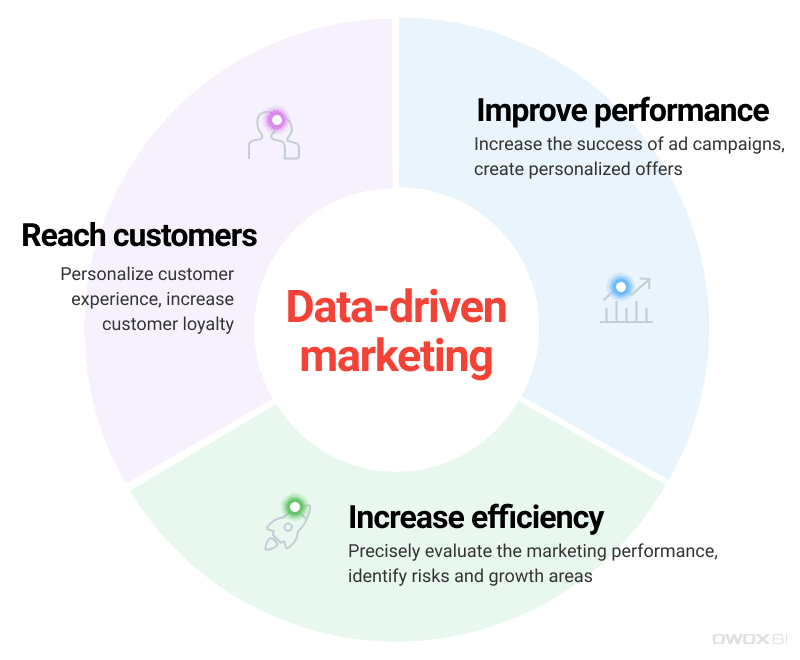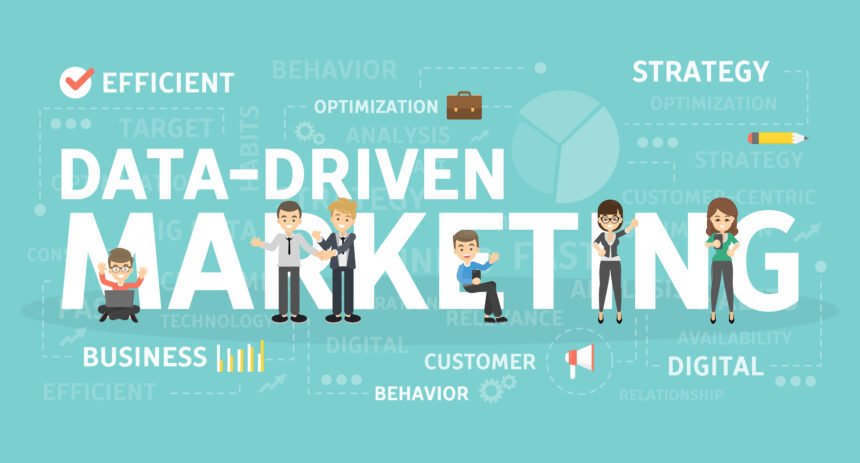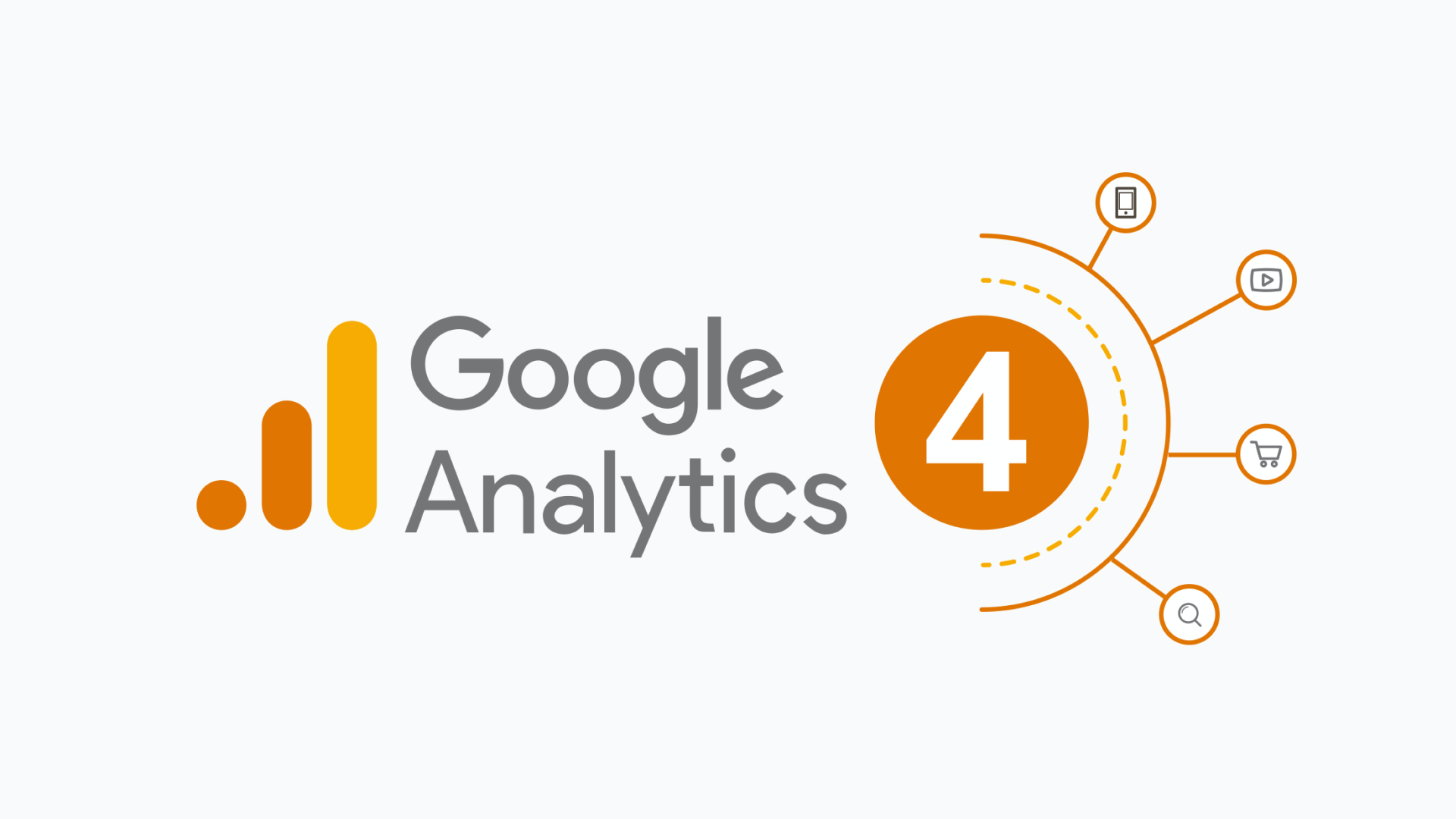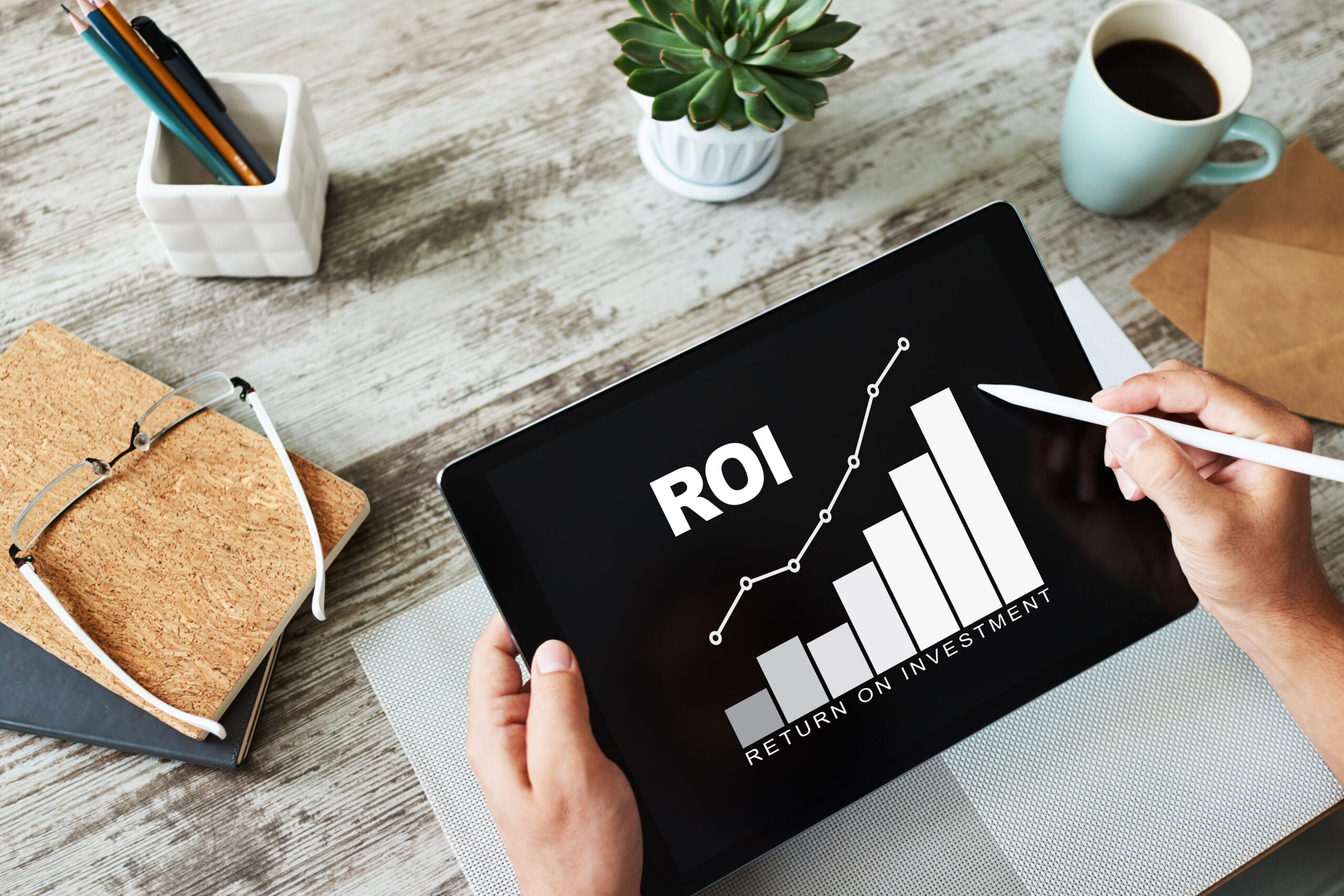In the fast-paced world of digital marketing, businesses are constantly striving to achieve the highest return on investment (ROI) from their marketing efforts. Data-driven digital marketing provides the tools and insights necessary to refine strategies, optimize campaigns, and make informed decisions that maximize ROI. By leveraging data analytics, companies can identify the most effective marketing channels, understand consumer behavior, and continuously improve campaign performance.
This article explores how you can use data-driven marketing techniques to boost your ROI, making your marketing budget work harder and smarter.
1. Understanding Data-Driven Marketing and ROI
What is Data-Driven Marketing?

Data-driven marketing refers to the practice of using data analysis and consumer insights to inform your marketing strategies. By analyzing data from various sources, such as customer behavior, website analytics, social media interactions, and sales data, businesses can identify patterns and preferences that help optimize their marketing tactics. This approach ensures that every decision made is backed by real, actionable insights rather than assumptions or guesswork.
Connecting Data-Driven Marketing to ROI
The primary goal of digital marketing is to generate measurable returns on investment, whether that’s through increased sales, leads, or customer engagement. Data-driven marketing is a critical tool in achieving these results. By continuously monitoring performance, analyzing data, and adjusting strategies based on real-time insights, marketers can ensure that their campaigns are both efficient and effective, driving higher ROI with every dollar spent.
2. Key Benefits of Data-Driven Marketing

2.1. Enhanced Targeting and Personalization
One of the main benefits of data-driven marketing is the ability to target specific customer segments more effectively. By leveraging customer data, businesses can create personalized campaigns that speak directly to the needs and preferences of their audience. This not only increases the chances of conversion but also enhances customer satisfaction, leading to long-term brand loyalty. For example, using data from email marketing campaigns allows you to send targeted offers based on previous purchases or browsing behavior, increasing engagement and sales.
2.2. Optimized Ad Spend
Data analysis helps marketers determine which channels and strategies yield the best results. By tracking and comparing performance metrics across different platforms, businesses can allocate their marketing budget more effectively. For example, if paid search ads on Google are outperforming social media ads on Facebook, you can shift more of your ad spend to Google, optimizing your marketing budget for the highest possible ROI. This approach ensures that every marketing dollar is spent where it has the greatest impact.
2.3. Continuous Improvement
Unlike traditional marketing, which often requires more time to see results, data-driven marketing provides real-time insights that allow businesses to make immediate adjustments. Continuous testing, tracking, and refining are essential components of a data-driven approach. Marketers can A/B test their landing pages, emails, and ad creatives to see which versions perform best, then optimize those elements to maximize engagement and conversions. With ongoing improvements, data-driven strategies lead to higher efficiency and sustained growth in ROI.
3. Tools for Data-Driven Marketing
3.1. Google Analytics

Google Analytics is one of the most popular tools for tracking website performance. It provides valuable insights into visitor behavior, traffic sources, and conversion rates. By understanding how users interact with your site, you can adjust content and design to improve the user experience and increase conversions. Tracking goals such as form submissions, downloads, or purchases helps businesses directly link their website performance to ROI.
3.2. Customer Relationship Management (CRM) Systems
A CRM system such as Salesforce or HubSpot is essential for managing customer data and tracking interactions. CRMs help businesses identify patterns in customer behavior, manage leads, and create personalized campaigns based on customer history. By analyzing data stored in your CRM, businesses can uncover opportunities to improve customer retention and increase lifetime value, both of which contribute to a higher ROI.
3.3. Social Media Analytics
Social media platforms like Facebook, Instagram, and LinkedIn offer in-depth analytics to measure the success of your campaigns. These tools allow you to track engagement, reach, and audience demographics, helping you fine-tune your social media marketing strategy. Social media data can provide valuable insights into the effectiveness of different content types, posting times, and audience interests, allowing you to optimize your efforts and achieve better ROI from your social media marketing.
4. Data-Driven Content Marketing for ROI
Content marketing plays a pivotal role in driving ROI, and data can significantly enhance its effectiveness. By analyzing user behavior and engagement metrics, you can create content that resonates with your audience. For example, if data shows that blog posts with specific keywords lead to higher traffic or that certain types of videos generate more views, you can focus your content strategy accordingly.
Additionally, content marketing can be optimized by leveraging SEO data. Analyzing keyword performance and search trends allows you to create content that aligns with what users are actively searching for, increasing organic traffic to your website and, ultimately, improving ROI. Data-backed content creation ensures that you’re not only producing valuable material but also promoting it in the most effective way possible.
5. Data-Driven Email Marketing for Maximized ROI

Email marketing remains one of the most cost-effective ways to reach customers and drive conversions. However, without leveraging data, many email campaigns miss the mark. Data-driven email marketing allows you to send personalized, relevant messages based on customer behavior and preferences.
For example, segmenting your email list based on previous interactions (such as past purchases or email opens) enables you to send more targeted messages that are likely to resonate with each recipient. Analyzing open rates, click-through rates, and conversion rates for different subject lines, designs, and content types can help you continuously improve your email campaigns. A/B testing your emails ensures that you’re sending the most effective messages, leading to higher engagement and a better ROI.
Conclusion
Maximizing ROI through data-driven digital marketing is not only possible but essential for businesses looking to thrive in today’s competitive landscape. By embracing the power of data, businesses can improve targeting, optimize their ad spend, and continuously refine their strategies to boost conversions. Utilizing tools like Google Analytics, CRM systems, and social media insights helps marketers make informed decisions and create more personalized, impactful campaigns.
Ready to start maximizing your ROI with data-driven digital marketing? Explore more of our content, engage with our articles, and feel free to share your thoughts in the comments below! We’re here to help you achieve your digital marketing goals!

Leave a Reply